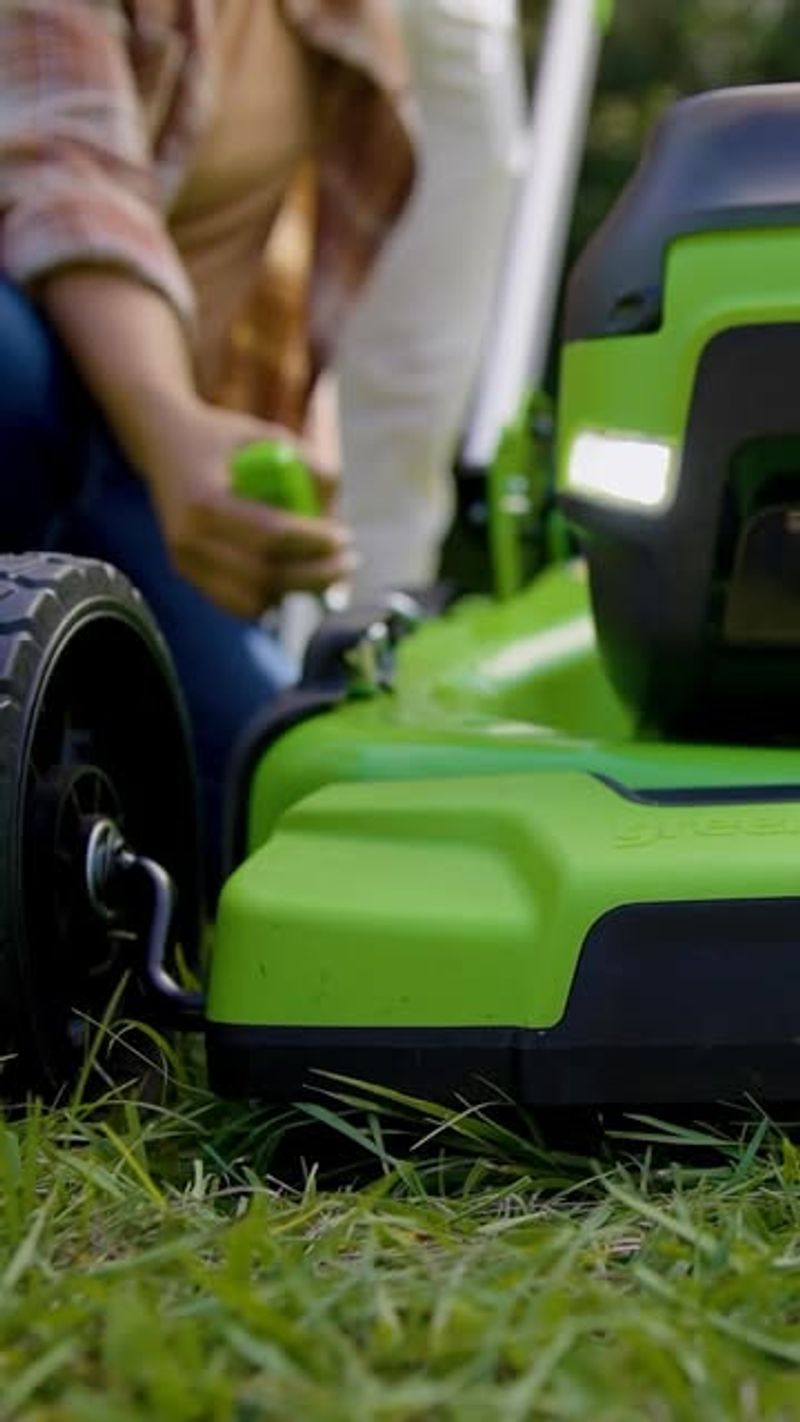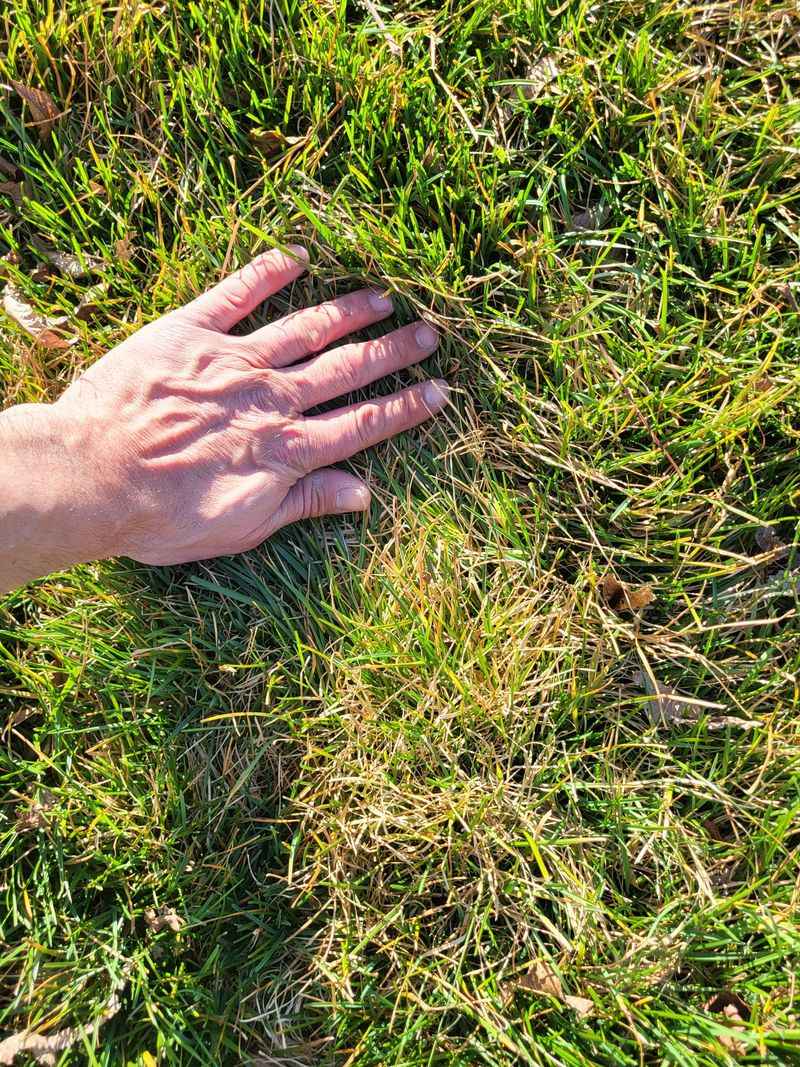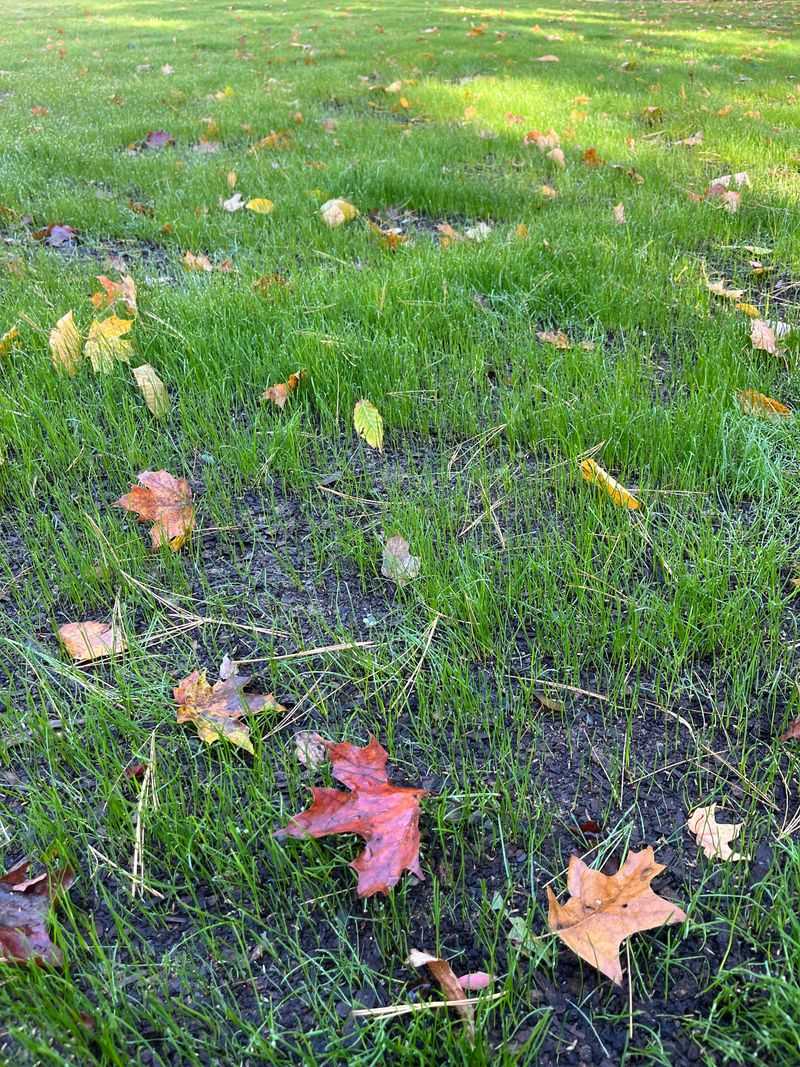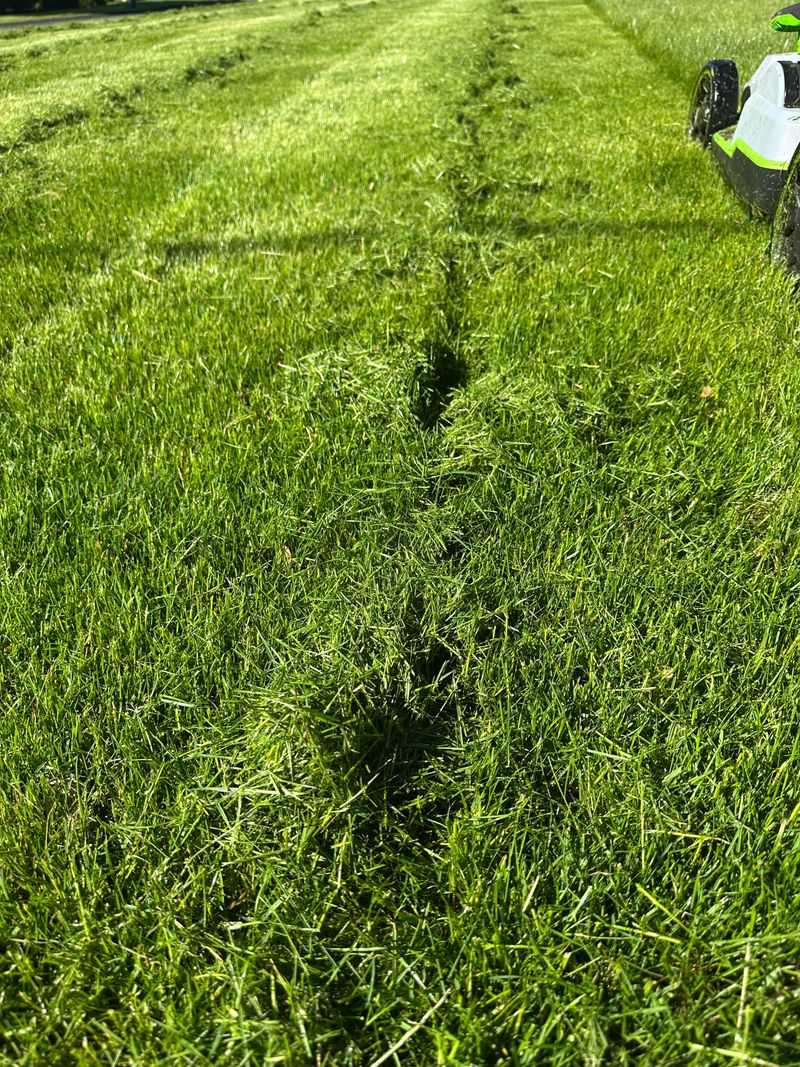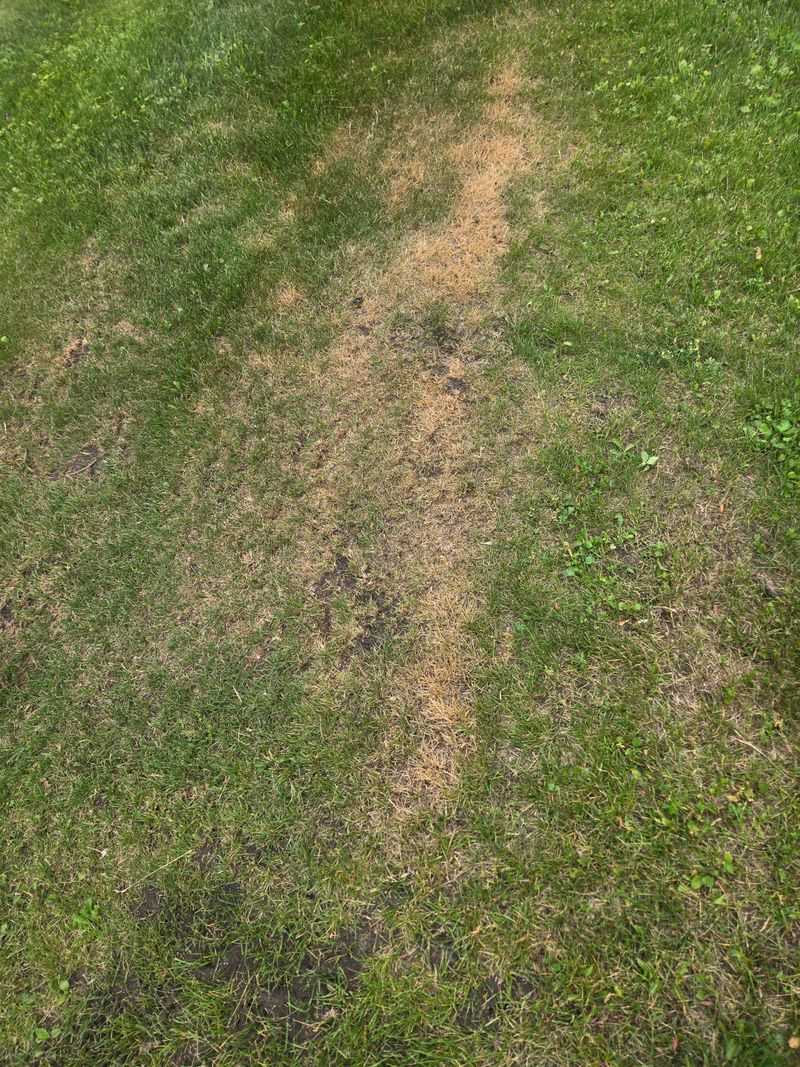Prepping your lawn for winter in New York takes more than just raking leaves and stashing the sprinkler. There’s one easy mowing trick that can set your yard up for a strong spring comeback.
Cutting your grass a little shorter before the cold hits helps prevent matting and disease. It also gives your lawn a head start when warmer weather returns. I’ve seen homeowners who use this method end up with greener, thicker grass come spring.
It’s a small step that makes a big difference after months of frost and snow. Want help building a quick end-of-season lawn checklist tailored for New York’s climate?
1. Lower Your Mower Blade Gradually
Most folks keep their mower at the same height all season, but that’s a mistake as winter approaches. Dropping the blade height slowly over your last few cuts helps prevent snow mold and matting.
New York winters can be brutal with heavy snow, and long grass tends to flatten and create dead spots. Start by cutting a quarter-inch shorter than usual, then go even lower on your final mow to about two inches tall for best results.
2. Time Your Final Cut Perfectly
Cutting too early means your grass keeps growing and you’ll need another trim. Wait too long and you risk the first snowfall catching you off guard with tall, vulnerable grass.
Across New York, mid-to-late November usually works best for that last trim. Watch your local weather forecast closely and aim to mow when grass growth has slowed significantly but before the ground freezes solid overnight.
3. Keep Your Mower Blades Sharp
Dull blades tear grass instead of cutting it cleanly, leaving ragged edges that turn brown and invite disease. This damage becomes especially problematic heading into winter when grass needs to be healthy to survive.
Sharpen your blades before that final autumn mow or have a professional do it. Clean cuts help New York lawns seal properly and store energy in their roots, giving them strength to green up quickly when spring warmth arrives.
4. Mow When Grass Is Dry
Wet grass clumps up under your mower and creates uneven cuts that look messy and stress the plants. Moisture also makes it harder to achieve that shorter height you’re aiming for before winter sets in.
Pick a dry afternoon for your final mow, preferably after a few sunny days. New York’s autumn weather can be unpredictable, so grab the opportunity when conditions are right rather than sticking to a rigid schedule that doesn’t account for rain.
5. Remove Clippings After Cutting Short
Normally, leaving clippings on your lawn feeds the soil with nutrients as they decompose. However, when you cut grass shorter for winter, those clippings can create a thick layer that traps moisture and encourages fungus growth.
Bag or rake up the clippings from your final short mow to let air circulate freely. This simple step helps New York lawns breathe through winter and prevents the musty dead patches that often appear under matted grass come spring.
6. Avoid Scalping Your Lawn
Getting excited about cutting short can lead some people to drop their blade too low, exposing soil and damaging grass crowns. Scalping weakens your lawn dramatically and creates bare spots where weeds love to sprout when temperatures warm up again.
Aim for about two inches on that final cut—short enough to prevent snow mold but tall enough to protect roots. New York homeowners who scalp often regret it when spring reveals patchy, struggling grass that needs expensive reseeding.
7. Combine With Fall Fertilizing
That final short mow creates the perfect opportunity to feed your grass one last time before dormancy. Fall fertilizer high in potassium strengthens roots and helps grass survive freezing temperatures while storing energy for spring growth.
Apply fertilizer right after your last mow when the shortened grass allows better soil contact. Many New York gardeners swear this combination—short grass plus late-season feeding—produces the greenest, fastest spring recovery they’ve ever seen in their yards.


